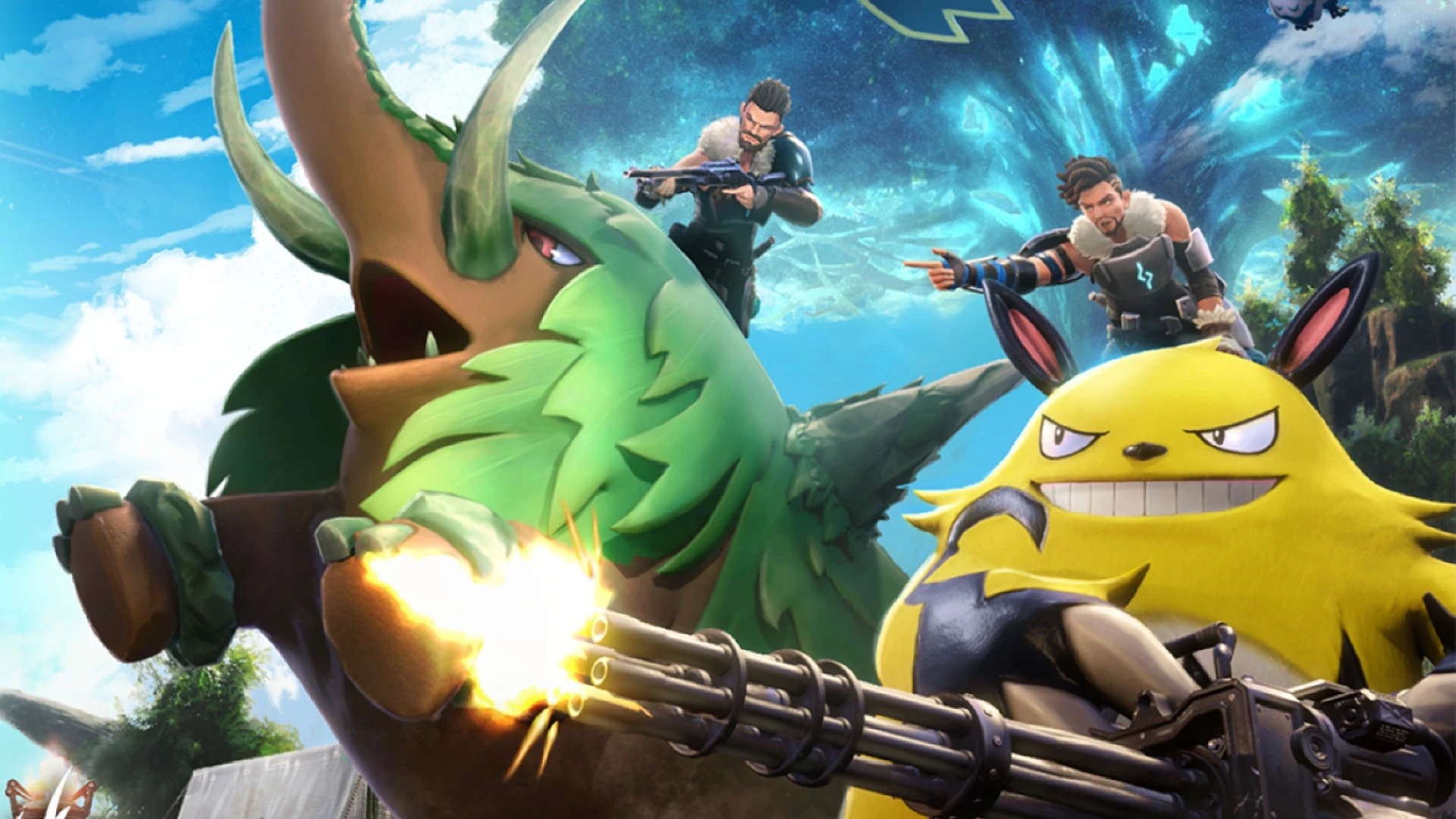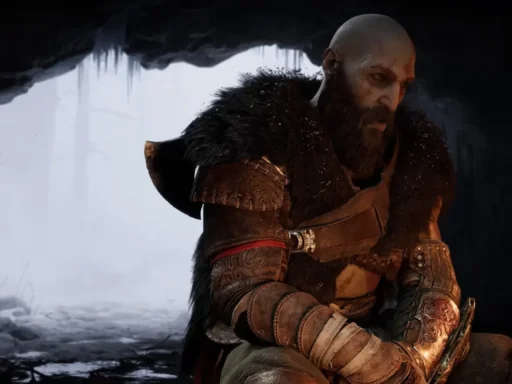How often do we hear companies say things along the lines of “we didn’t hit the mark” or “X product underperformed”? It’s certainly said more often than not. In 2023 alone, we saw many “triple A” games hit the market only to fail financially or underperform in their sales. Alan Wake 2 is estimated to have cost $75 million and still hasn’t recouped its production budget. Spider-Man 2 may have sold over 10 million units, but even the bosses at Sony are pointing out that $300 million-dollar production budgets for games like Spider-Man 2 are unsustainable. It’s the middle of March 2024 right now, and both Suicide Squad: Kill the Justice League and Final Fantasy VII Rebirth are speculated to have disappointing sales results.
With all of this in mind, it was baffling to see a headline read: “Palworld Dev Says Massive Profits Are ‘Too Big for a Studio With Our Size to Handle’.” In an environment where major studios are spending more money than ever before to make games that are vastly underperforming, why is Palworld such a hit? And what can we learn from its success?
The Unlikely Juggernaut
Palworld emerged as an unexpected juggernaut in the gaming world, amassing over 25 million players in its first month alone. This monster-taming survival game captivated audiences with its unique blend of gameplay elements and the sheer fun of both playing and sharing experiences within its universe. The development of this game, orchestrated by Pocketpair’s CEO, Takuro Mizobe, was accomplished with a budget that pales in comparison to the industry’s giants, amounting to less than ¥1 billion (approximately $6.7 million). And with the game’s massive appeal and market performance, the return on this investment has soared to tens of billions of yen.
A Deliberate Choice for Creativity Over Expansion
Amidst this financial windfall, Mizobe and the team at Pocketpair have made a conscious decision to remain grounded. In an industry where success often prompts rapid expansion and a pivot towards larger projects with correspondingly bigger budgets, Pocketpair has chosen a different path. The studio asserts its commitment to staying small, focusing on the development of multiple small games rather than venturing into the realm of big-budget, triple-A titles, and deliberately prioritizing creative freedom and innovation over the lure of further financial gain.
Lessons from the Field
The story of Palworld emerges in stark contrast to the narratives of other games released in 2023 and 2024, which despite significant investment, failed to break even or encountered outright financial failure. The gaming landscape during these years has been marked by the challenge of balancing escalating development costs against the unpredictable tastes and preferences of the global gaming community. Several highly anticipated titles, despite their impressive visuals and extensive marketing campaigns, have struggled to recoup their investments, leaving developers and publishers grappling with the implications of these financial setbacks.
Embracing Sustainable Success
Palworld‘s journey underscores the potential for games developed by smaller studios to achieve significant impact and financial success without succumbing to the pressures of exponential growth or the chase for blockbuster status. Pocketpair’s commitment to remaining “a small studio” and focusing on the creation of “multiple small games” illuminates a path of sustainability in the game development sector. This approach champions the value of creativity, player engagement, and manageable scale over the conventional metrics of success defined by budget size and market dominance.
As Palworld continues to enchant players around the globe, its story serves as both inspiration and caution for the gaming industry. It highlights the unpredictable nature of game development success and the importance of maintaining a clear vision for what defines true achievement.









